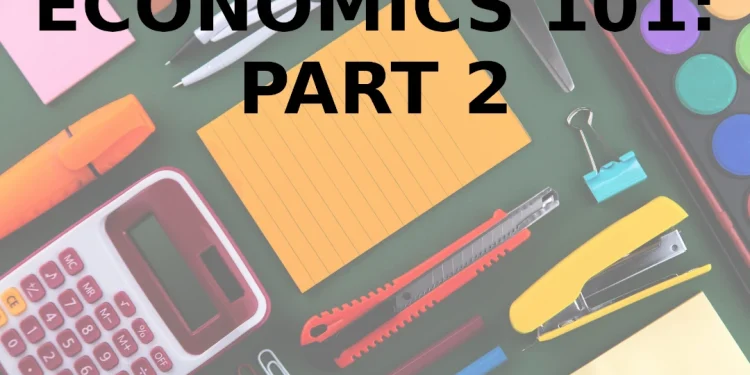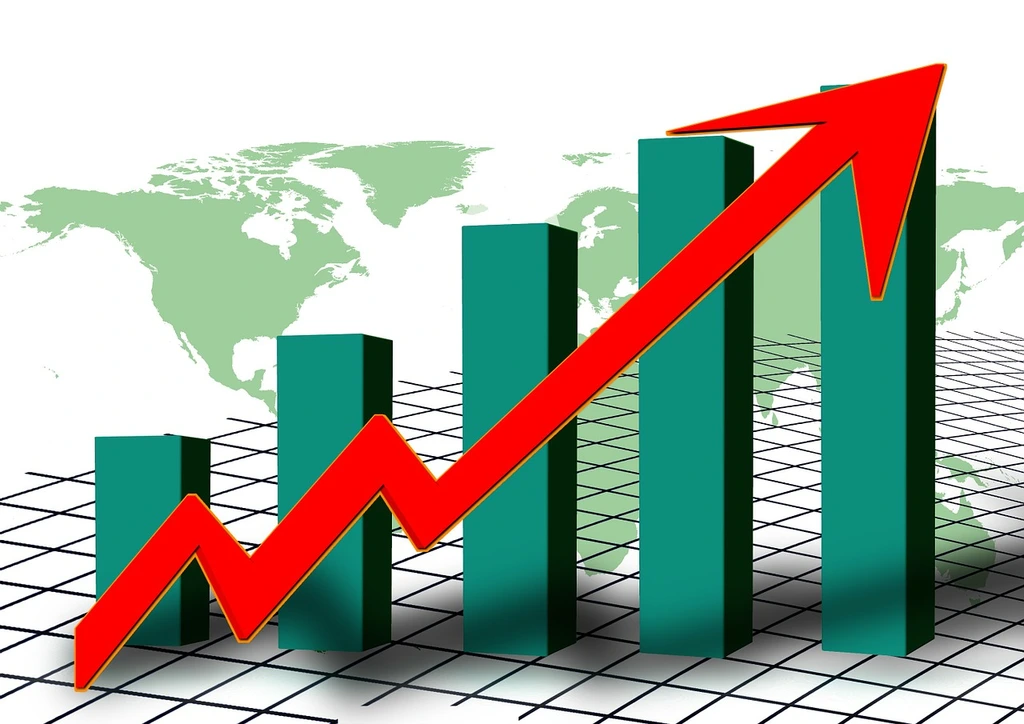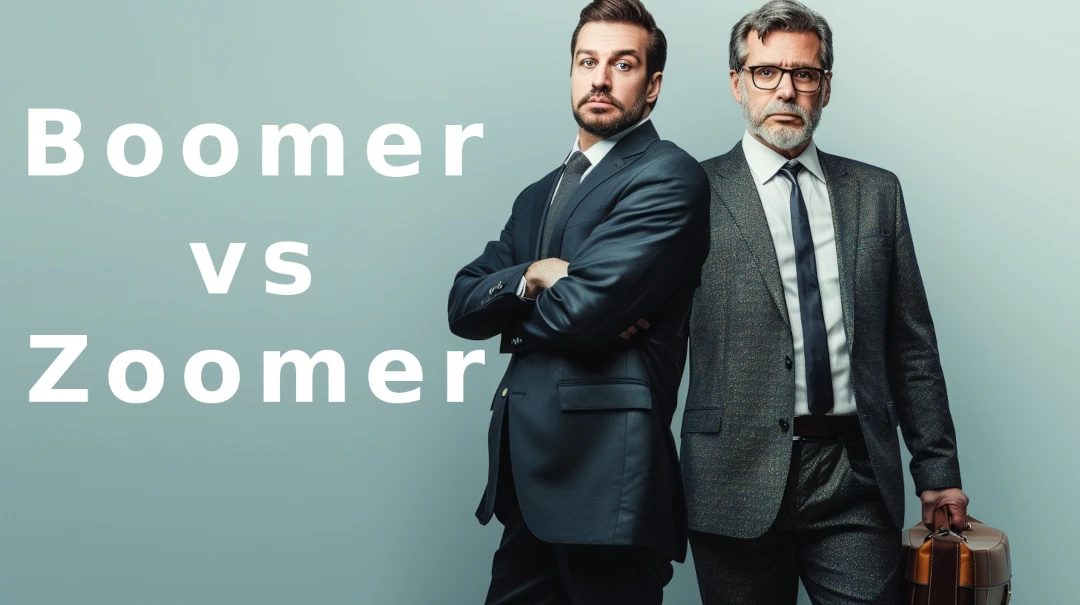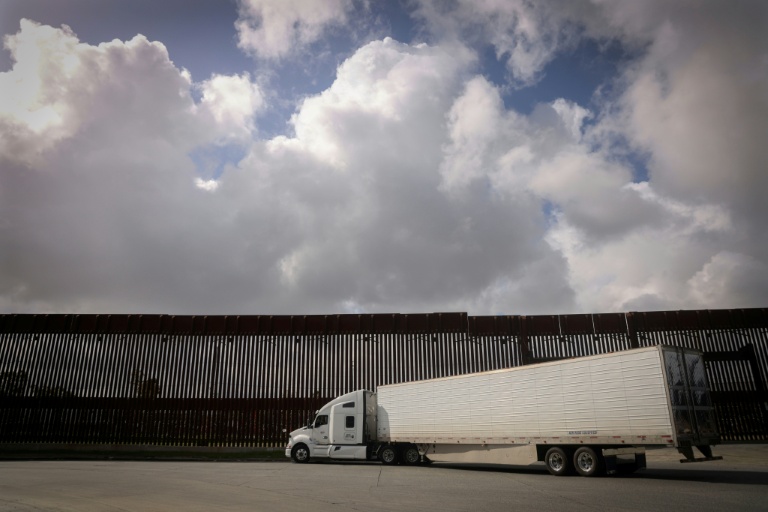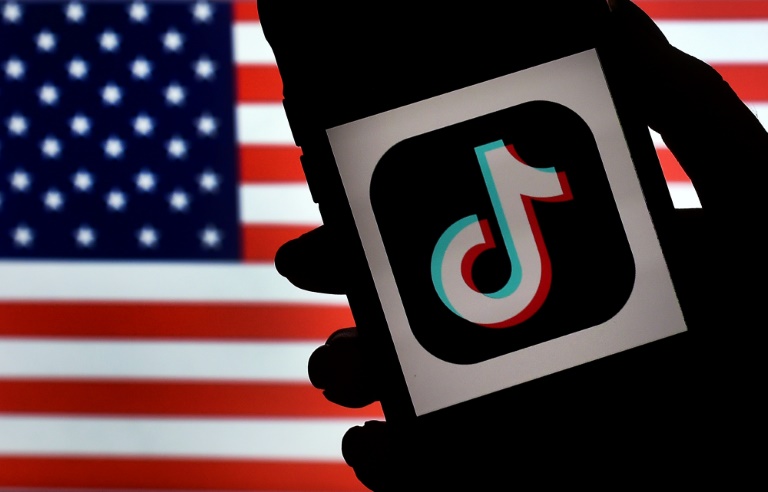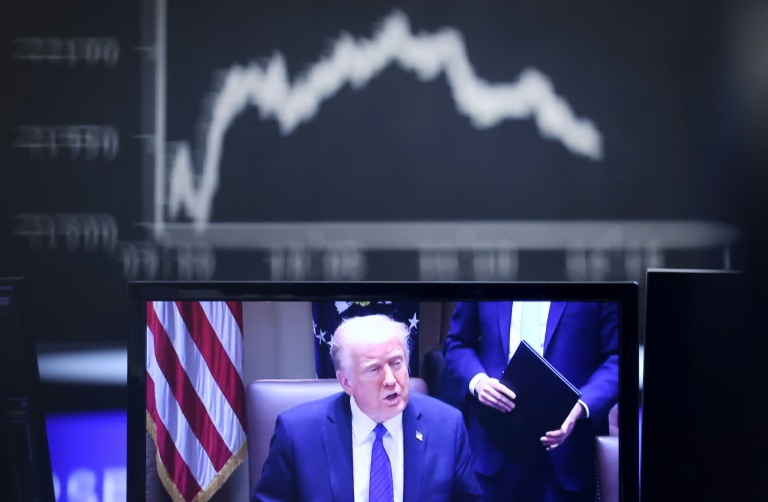Welcome to the Economics 101 series in which we will go over the most basic concept in economics that everyone should understand. The series of articles contains discussions about the following subject:
- Supply and Demand
- Opportunity Cost
- Scarcity
- Cost-Benefit Analysis
- Incentives
- Elasticity
- Market Structures
- Gross Domestic Product (GDP)
- Inflation and Deflation
- Fiscal and Monetary Policy
This is part two in which we will discuss the concept of opportunity cost.
Understanding Opportunity Cost
In the world of economics, there is a principle that guides decision making and shapes the way people think about resources and their allocation. This principle is known as opportunity cost. It is a fundamental concept that helps economists analyze choices and understand the true cost of decisions.
Opportunity cost refers to the value of the next best alternative that must be sacrificed in order to choose one option over another. In simpler terms, it is the cost of giving up something in order to gain something else. Every decision has an opportunity cost because choosing one course of action means forgoing the benefits that could have been obtained from the alternative options.
Example
Let’s say you have $100 and you are trying to decide between buying a new book or going out for dinner with friends. If you choose to buy the book, your opportunity cost would be the enjoyment and experience you would have gained from going out for dinner. On the other hand, if you choose to go out for dinner, your opportunity cost would be the knowledge and pleasure you would have obtained from reading the book. In this scenario, you can only choose one option, and the value of the option you don’t choose is the opportunity cost.
Applying Opportunity Cost in Different Contexts
Opportunity cost extends beyond monetary decisions and can be applied to a wide range of contexts. It can be used to analyze personal choices, business decisions, and even government policies.
Personal Choices
When it comes to personal choices, opportunity cost can help individuals make informed decisions based on their preferences and values. For example, if a student is debating whether to take an additional elective class or participate in a part-time job, they must consider the opportunity cost of each option. By weighing the benefits and drawbacks of both choices, they can make a decision that aligns with their personal goals and aspirations.
Business Decisions
In the business world, opportunity cost plays a crucial role in determining investments, expansions, and resource allocation. A company evaluating different projects must consider the potential gains from each project and compare them to the opportunity cost of choosing one project over another. By weighing the benefits and opportunity costs, businesses can make strategic decisions that maximize their profits and growth.
Government Policies
Opportunity cost also applies to government policies and resource allocation. When a government decides to invest in a particular area such as education or healthcare, it must consider the opportunity cost of diverting resources from other sectors. For instance, if a government invests heavily in education, the opportunity cost could be the potential investment in infrastructure or defense.

